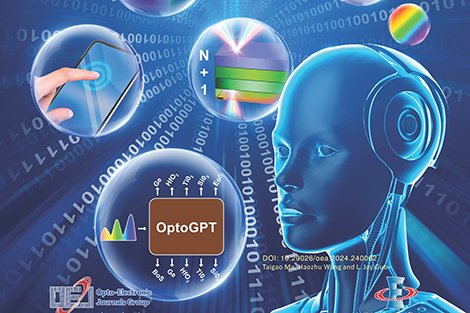University of Michigan engineers have unveiled OptoGPT, a novel artificial intelligence tool designed to expedite and enhance the creation of optical materials. Leveraging the transformer neural networks at the core of large language models such as ChatGPT, OptoGPT can逆向工程 optical material recipes, starting from desired optical properties.
This innovative algorithm crafts designs for optical multilayer film structures – stacks of thin material layers – applicable to various technologies. These structures are vital for optimizing light absorption in solar cells, refining reflection in telescopes, improving extreme UV light semiconductor manufacturing, and developing smart windows for energy-efficient buildings.
OptoGPT achieves design generation in a remarkably swift 0.1 seconds. Moreover, its designs are streamlined, averaging six fewer layers than those from previous methods, simplifying manufacturing processes.
According to L. Jay Guo, University of Michigan professor of electrical and computer engineering, the traditional design of these structures demands significant expertise to pinpoint the optimal material combinations and layer thicknesses. OptoGPT automates this intricate process, utilizing a transformer architecture, similar to ChatGPT, but adapted for material design.
The algorithm treats materials and their thicknesses as linguistic elements, identifying correlations to predict design solutions that meet specific optical property targets, such as high reflection.
Validation testing against 1,000 known designs demonstrated OptoGPT’s accuracy, with a mere 2.58% difference. Fine-tuning further refines accuracy to 1.92%. Researchers emphasize OptoGPT’s broad applicability, offering a flexible solution for diverse optical design challenges across fields.
Statistical analysis of OptoGPT’s neural network reveals material clustering based on type, such as metals and dielectrics, validating the model’s optical logic. This inverse design algorithm provides a more adaptable approach compared to task-specific predecessors, empowering researchers and engineers to innovate across a wide spectrum of optical applications.
The project is partly funded by the National Science Foundation.

Leave a Reply